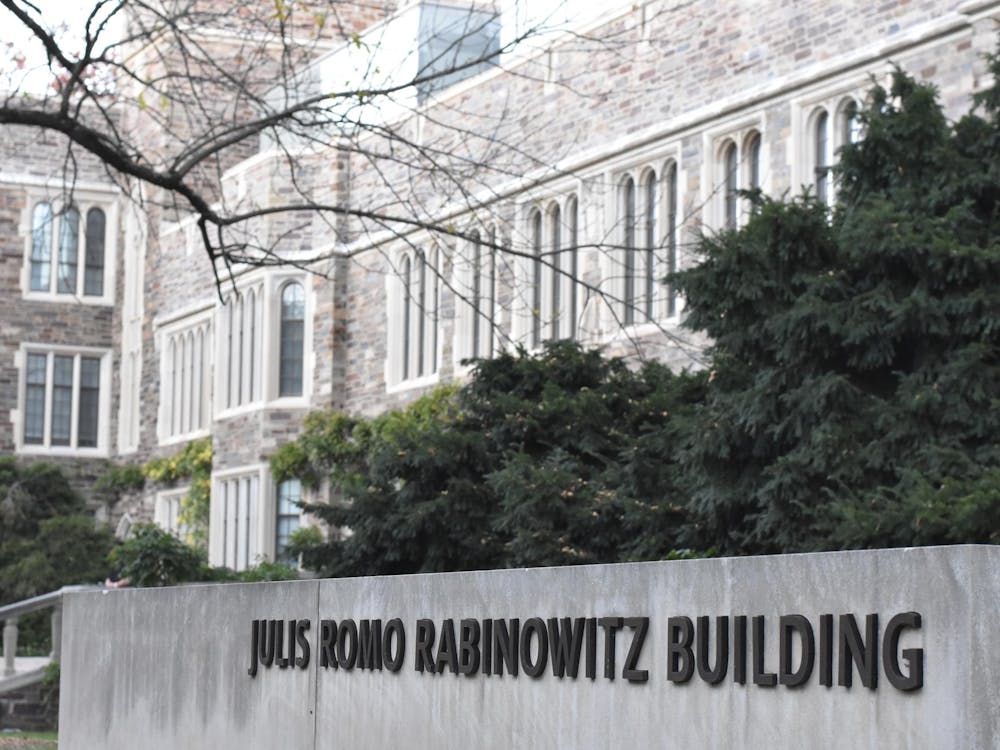Two weeks ago, the Center for International Security Studies (CISS) hosted an exciting South China Sea Simulation with Princeton’s Strategic Education Initiative. The event, focused on the South China Sea conflict, asked students to reason through an escalating conflict in “an area of global importance and future opportunity.”
Inspired by the event, I searched for more opportunities to study Southeast Asian international relations at Princeton. As it turns out, however, Princeton offers no centralized program for studying Southeast Asia, and has only a handful of faculty whose central focus is on the region.
If Southeast Asia is, as CISS described, “an area of global importance and future opportunity,” why does Princeton lack a program in Southeast Asian studies? A program in Southeast Asian studies would deepen knowledge about and appreciation of this culturally rich and increasingly politically significant region. Princeton’s existing faculty and resources, modeled after exceptional examples in peer universities, makes it possible to organize such a program.
At present, the University hosts six academic regional studies programs, each of which offers a minor and courses every semester. But despite programs in South Asian studies and East Asian studies, it’s difficult to study Southeast Asia. Southeast Asia is distinct from South and East Asia and includes countries like Vietnam, Thailand, the Philippines, Indonesia, Malaysia, Singapore, and Myanmar. In any given semester, there is typically only one class on Southeast Asia offered, if one is even offered at all.
It is hard to justify this absence. As a region encompassing 11 countries, Southeast Asia has a culturally rich and politically entangled history. From the rise of the Khmer Empire to the Vietnam War to the global popularity of Pad Thai, pho, and ube, Southeast Asia has both historical and cultural merit that deserves to be seen and studied.
The lack of a Program in Southeast Asian Studies also fails to serve the 8.7 million Southeast Asians who live in the United States. That’s slightly lower than the number of East Asians (9.4 million), and far larger than the South Asian population (6.5 million). Given the significance of this community, it is essential to provide students and faculty the opportunity to study the Southeast Asian region. While Southeast Asian students may be fewer in number at Princeton, that does not make their cultures or histories less worthy of study. In fact, the smaller presence of Southeast Asians on campus, and therefore the lack of student-to-student exposure, makes institutional representation even more critical.
On the political end, Southeast Asia is also significant as a mediator in competing international relations. The region currently stands as a flashpoint for U.S.-China tensions, especially in terms of the South China Sea Disputes and the Association of Southeast Asian Nations’ increasingly significant role in Indo-Pacific regional diplomacy. Given the strategic importance of this region in U.S foreign policy with China and global economic trade, the study of Southeast Asia is essential for understanding contemporary East Asia and international affairs.
To be clear, I understand the tough financial realities Princeton faces. The University is currently implementing permanent budget cuts of five to 10 percent over the next three years, with academic departments making visible cuts.
However, creating a Southeast Asian Studies Program does not need to be a major financial undertaking. A Southeast Asian Studies Program can begin as a strategic initiative that draws upon existing strengths. Princeton already hosts several faculty members who study Southeast Asia within the Politics, History, English, Anthropology, and Sociology departments. CISS, the Liechtenstein Institute on Self Determination (LISD), and the Princeton International Internship Program have all engaged with Southeast Asia through events and international internships. The structure is already there; it only needs coordination and visibility.
Importantly, other peer universities demonstrate that a developed Program in Southeast Asian Studies is possible. Princeton can utilize other Ivy League Southeast Asia programs as models to follow for its own. Yale’s Council on Southeast Asian Studies, for instance, operates primarily through affiliated faculty and cross-listed courses. Harvard’s Southeast Asian Studies Initiative, housed within the Asia Center, operates as a structured university-wide faculty initiative.
At the core of Stanford’s Southeast Asia Program is a three-week overseas seminar conducted in Singapore –– an undertaking that mirrors existing Novogratz internships, one-week LISD trips, or Princeton partnered international internships in the region. Even Cornell’s renowned Southeast Asia Program, which offers over 40 courses per semester, began as a faculty collaboration before evolving into a full-fledged center. While most of these initiatives are not full departments, they prove that a Southeast Asia studies program at Princeton can grow into a thriving academic community.
Choosing to acknowledge and study Southeast Asia is a matter of intentional coordination. As an institution “committed to advancing access, diversity, inclusion and belonging,” Princeton can choose to make the world it studies more complete.

Cathleen Balid ’28 is a prospective English major from Queens, New York. She can be reached at cb4649@princeton.edu.








